Display Output (tab)
Rendering > Render Settings > Display Output
In the Display Output tab, several parameters can be defined globally for color, histogram, and visual support.
Once you're finished customizing the render settings, use the Render Summary for a summary of things, such as total renders and files, and more. When finished setting attributes, use the buttons, at the bottom of the module to start image calculations.
Color
As of 2022.3, these color management options are available in both VRED Design and Professional.
- Monitor Luminance (cd/m²) - This setting is only available when the checkbox Enable Photometric Parameters is active under General Settings > Options. Sets up the luminance value of the preferred display. When using photometric parameters, the actual monitor luminance is necessary to reproduce the rendering results with realistic photometric values on the display device.
Monitor Color Space - Sets the color management information. Choose a color space options:
Simple Gamma - Provides a simple uniform gamma correction. This exposes finer details in shadows, using non-linear encoding.
sRGB IEC 61966-21 - Provides a color space according to the sRGB standard.
A.RGB 98 - Provides a larger color gamult (than sRGB IEC 61966-21) according to Adobe RGB 98, which includes the CIE chromaticity coordinates for the green primary x and y.
Monitor ICC Profile - Uses the color space specified in the ICC profile set in the preferences under color management.
Tip:To set paths to custom color profile files (.icc) for color mapping that are project-independent, see Color Management Preferences. Once everything is setup correctly, each system will have its own ICC profile that matches the monitor attached to the system. When a scene is loaded, it will look the same on each system.
Simple Gamma - Only available when Simple Gamma is set. Use this to set the gamma correction. Increasing the gamma will expose finer differences in shadows and darker tones.
Improve Color Depth - Increases the range of effect and correction commands for the color depth.
Histogram
Shows the relative color distribution of the rendered image. This tool is useful to detect overly bright areas of light. Different modes are available. It can use logarithmic and linear display scales.
Show Histogram - Enables each color distribution to be viewed separately.
Enable Red Channel - Shows histogram of red image channel.
Enable Green Channel - Shows histogram of green image channel.
Enable Blue Channel - Shows histogram of blue image channel.
Enable Grayscale - Shows the luminance histogram of the rendered image.
Logarithmic Scale - Uses a logarithmic scale for the histogram values.
Composition Lines
Displays composition lines in the viewport using the settings in the Render Settings > Display Output tab > Composition Lines section. Use these when trying to compose a scene and place an object in the perfect spot to make the composition of the rendering more visually appealing and artistic. They can be used in combination with one another. The composition lines change as the aspect ratio (![]() ) in the Render Guide is changed.
) in the Render Guide is changed.
Video captions: We also have added more options within the Render Settings module. Composition line overlays provide a structural guide, helping creators produce well-composed and visually appealing imagery. So now you can choose from Rule of thirds, Golden Ratio or Center Diagonal – just to name a few.
Rule of Thirds - Draws orange guide lines to divide the image into thirds, both horizontally and vertically, creating a grid of nine equal parts in the Render View. Position important elements along these lines or at their intersections to compose a compelling and well-composed shot.
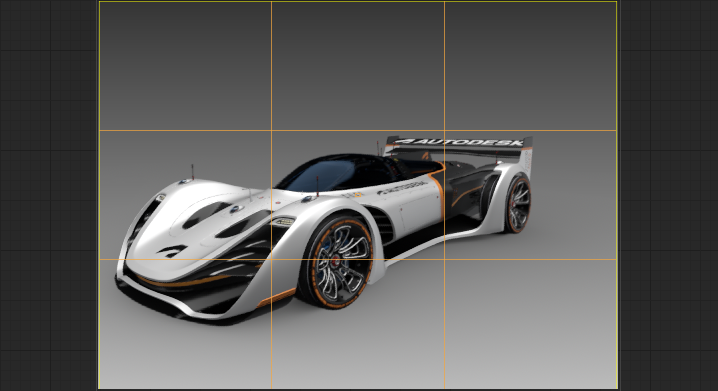
Center - Draws orange guide lines at the vertical and horizontal center of the Render View.
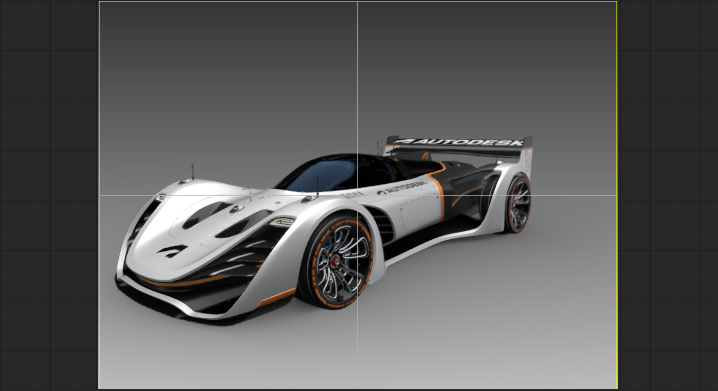
Center Diagonal - Draws orange diagonal guide lines that intersect in the center of the Render View.
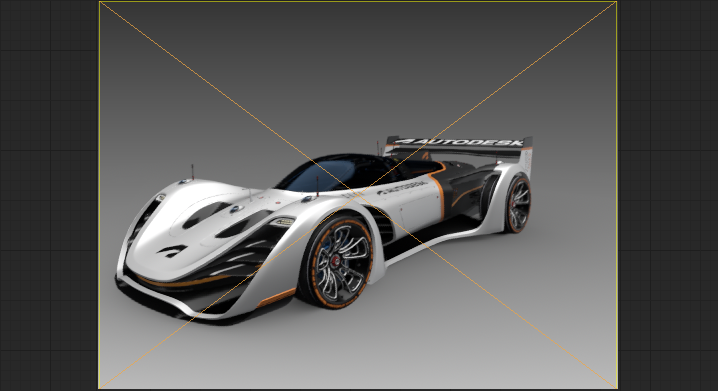
Golden Ratio - Draws orange guide lines based on a ratio between two numbers that equals approximately 1.618 in the Render View. Use it to create balance, order, and an interesting composition.
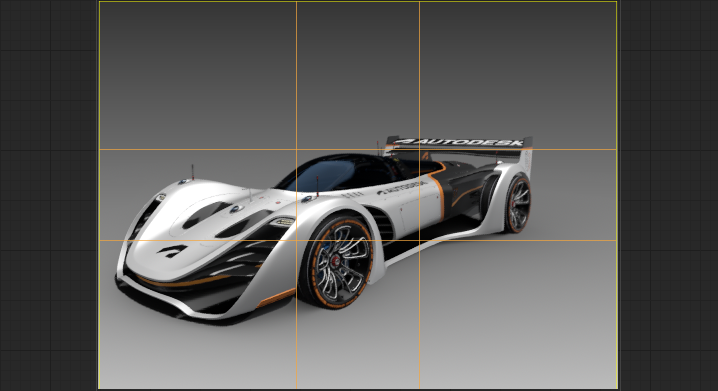
Golden Triangle - Draws orange diagonal guide lines in the Render View, dividing the frame into triangles for guiding the placement of key elements and creating a dynamic and balanced composition. Use it to create a sense of symmetry, clarity, and harmony.
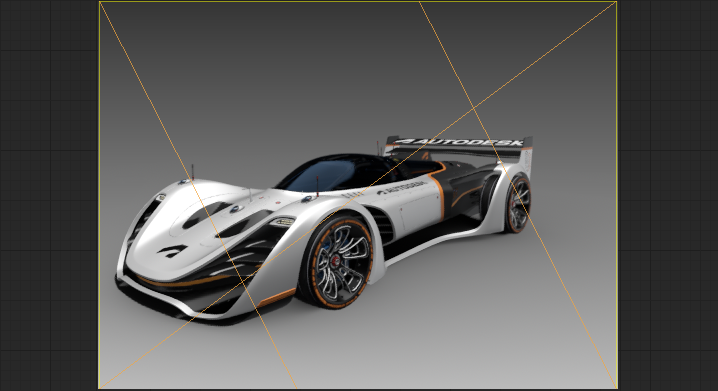
Golden Triangle Mirrored - Draws orange guide lines that are an inverse of the Golden Triangle in the Render View.
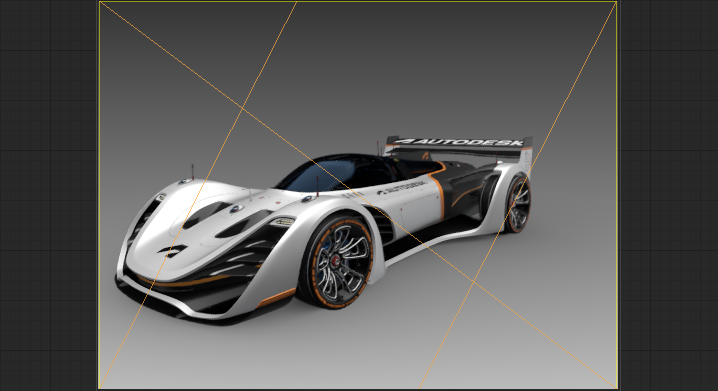
Harmonious Triangle - Draws orange guide lines in the Render View for arranging elements to form or suggest triangles to create a sense of balance, stability, and visual interest to lead the viewer's eye to a focal point.
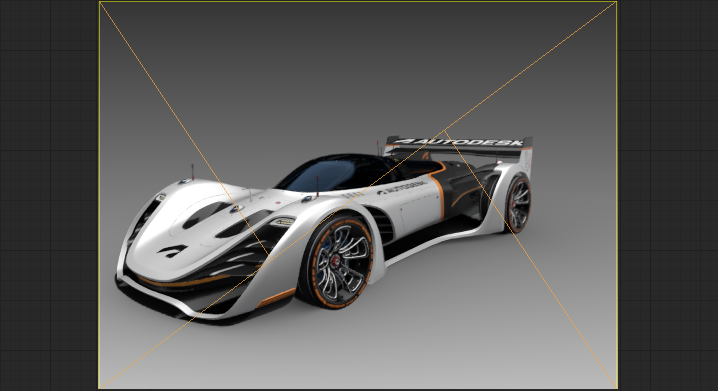
Harmonious Triangle Mirrored - Draws orange guide lines that are an inverse of the Harmonious Triangle in the Render View.
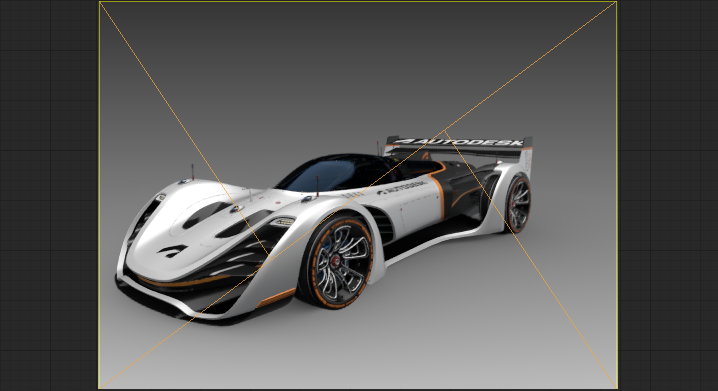
Snapshot Frame - Draws a yellow frame in the Render View, indicating the target image to be rendered. After activation, all the following settings are available.
Without Snapshot Frame With Snapshot Frame 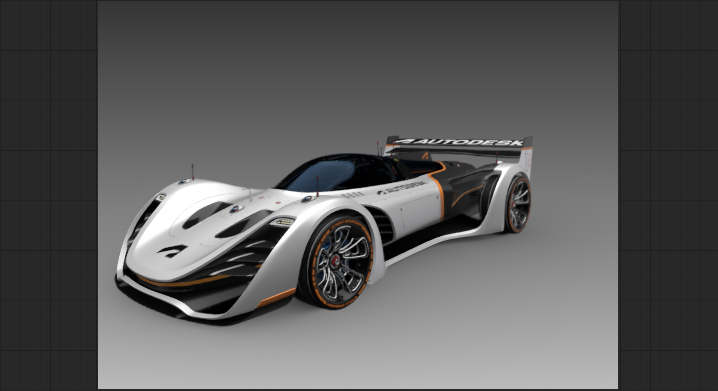
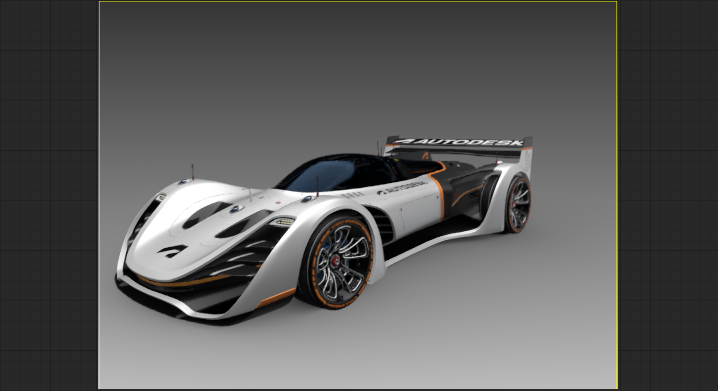
Snapshot Render Region Frame - Only available when Snapshot Frame is enabled. Draws a green frame in the Render View and is dependent upon the values of the region start XY and region end XY input fields.
Snapshot Frame Snapshot Frame with Region Snapshot Frame 
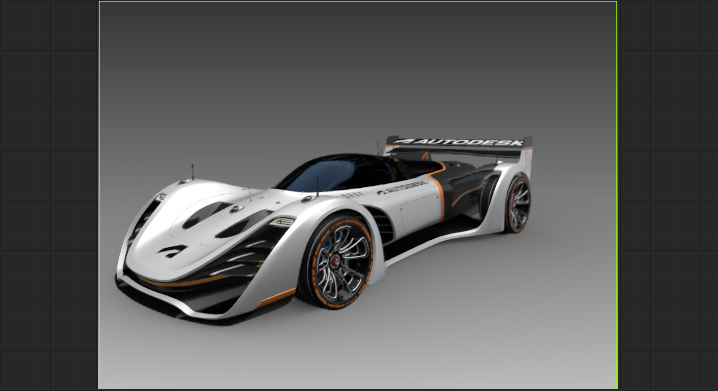
Snapshot Inner Frame - Only available when Snapshot Frame is enabled. Draws an orange frame in the Render View, indicating the area where text or graphics show neatly.
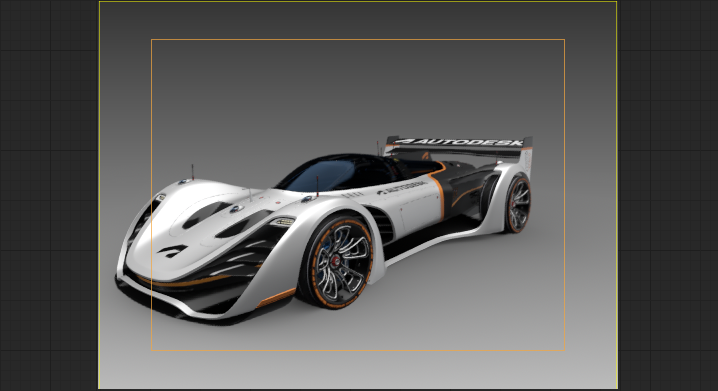
Unit - Defines the distance unit of the inner frame by percent or in pixels.
Left - Right - Sets the distance of the left and right side.
Top - Bottom - Sets the distance of the top and bottom side.